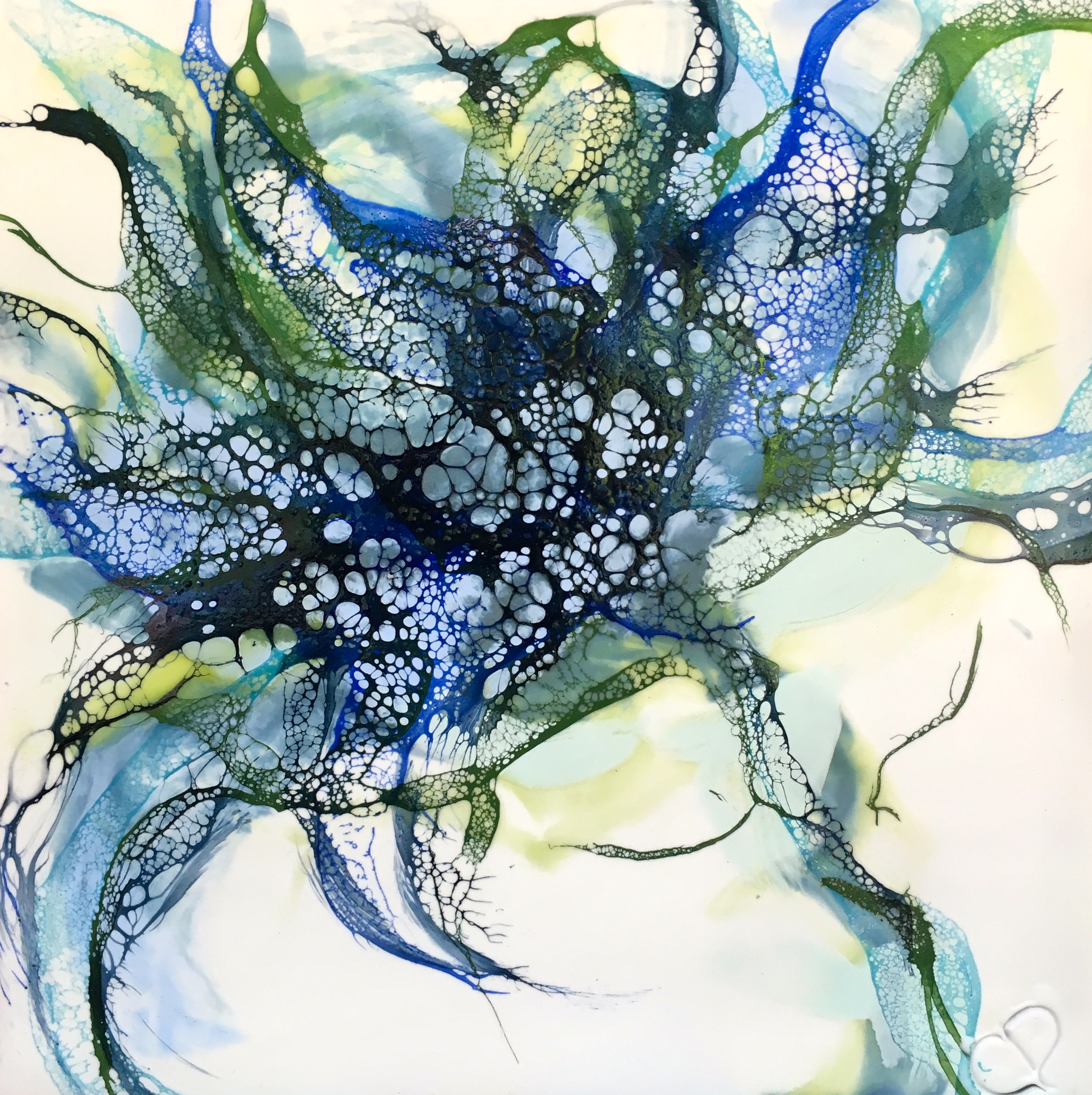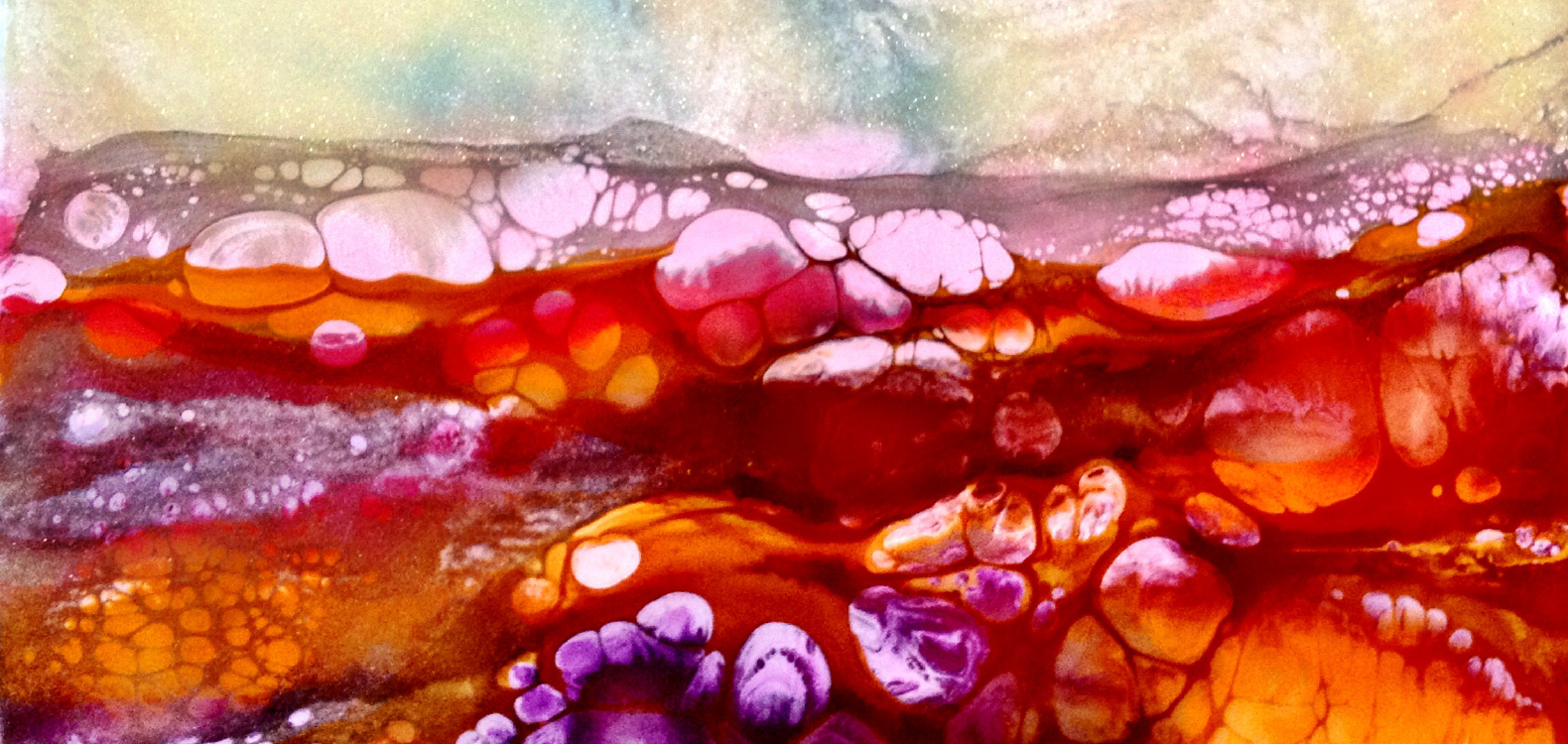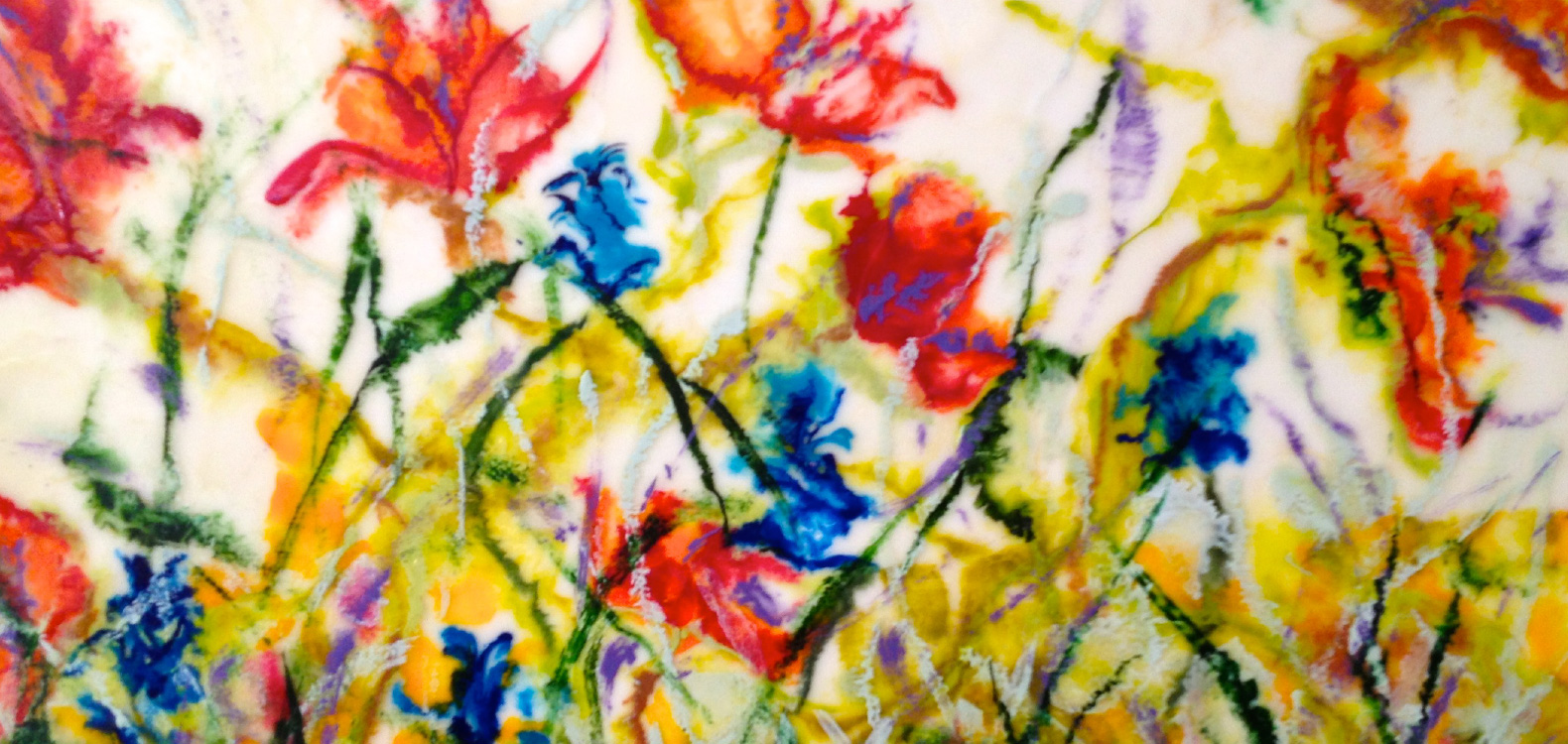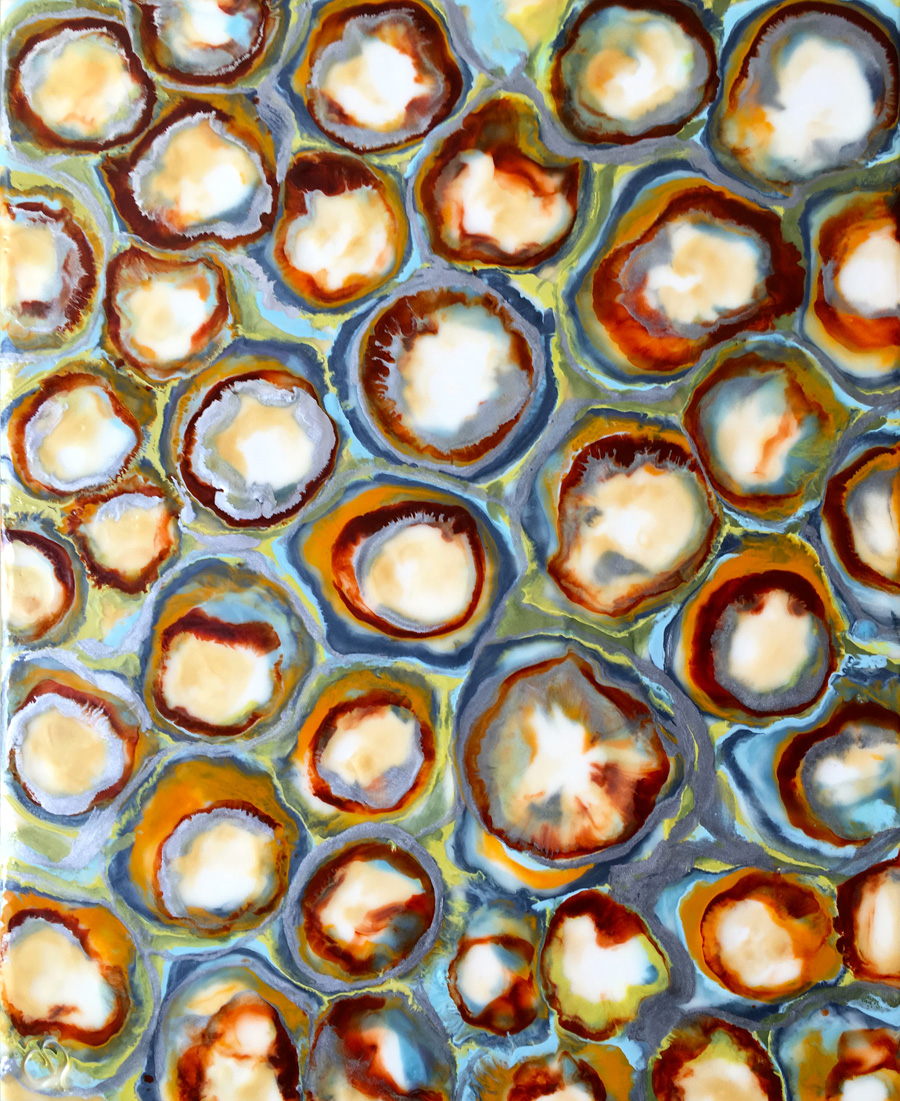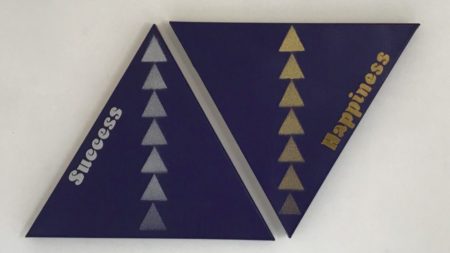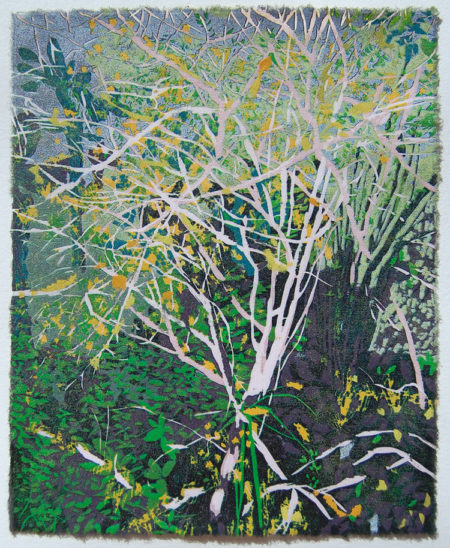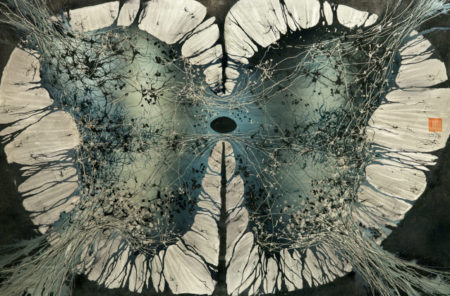Encaustic Painting During The Ancient Times
Encaustic painting is one of the world’s oldest art forms! The earliest applications of encaustic wax paint was done by the artists of Ancient Greece — hence, where the Greek word “enkaustikos” meaning “to burn in”. Greek artists were using wax paint to adorn sculptures, murals, boats, and even architecture. They also used wax paint to highlight the features of the marble statues placed around the Acropolis. Greek art spread to Egypt during the Hellenistic period and with a large Greek population, it didn’t take the Egyptians long to adapt to the use of wax paint. Greek-trained Egyptians started to incorporate encaustic paint into their paintings as well as mummification practices. The most well-known encaustic paintings from those Ancient Times are beyond a doubt, the very life-like Faiyum Mummy Portraits of Egypt. These portraits were created to be placed over a mummy as a memorial and had impressive details of realistic looking facial features. These portraits not only showcased the advanced skills of the ancient portraiture artists but also demonstrated the unique qualities of encaustic paint. It is also amazing to see how well these Faiyum mummy portraits have been preserved over time. Despite being over 2000 years old, they are still on display in museums today withstanding the test of time with minimal cracking and without having faded or darkened in color. Whenever someone asks about the durability of encaustic paint, we often suggest they research these gorgeous portraits because they are a perfect illustration of how well encaustic paintings can hold up if properly cared for. As encaustic painting flourished in Greece and Egypt, it was also inevitable to spread to Rome. Pliny, the Roman historian, wrote in 1st century C.E. that encaustic wax paint was being used in the Roman portraits and mythology paintings done on panels. Pliny also noted that it was a popular trend of Roman aristocrats to possess encaustic paintings in their villas leading us to believe that encaustic paint did hold popularity and prestige. In fact, Julius Caesar himself commissioned an encaustic painting from the artist Timomakos. Archeologists have been able to discover some Roman encaustic paintings. For instance, a painting on slate depicting Cleopatra being bitten by the asp was found near the ruins of Hadrian’s villa. After the Roman Empire fell, artists began turning to other paint techniques instead of the encaustic paint because the ancient heating process was so laborious.
Encaustic Painting During The Renaissance-20th Century
During the Middle Ages, more artists turned to tempera, fresco, and oil painting techniques that did not require the cumbersome task of building charcoal fires which, was required to liquefy the wax paints. However, although encaustic painting declined, it was not abandoned completely. It did enjoy a minor revival with artists like Lucas Cranach and Andrea Mantegna who were both known to experiment with encaustic painting. It wasn’t until the 18th century when archeologists began looking into the process of encaustic painting and in-depth research began. It was during this time that the beautifully preserved walls of Herculaneum and Pompeii were discovered exhibiting encaustic paintings. Europe quickly caught on with the encaustic medium and artists like Joseph-Marie Vien, Alexandre Roslin, Louis-Joseph Le Lorain and Jean-Jacques Bachelier began exhibiting their own encaustic works in France. By the mid 19th century, encaustic techniques were commonly used in murals throughout Europe. However, without modern heating tools, encaustic paintings still include a long heating process and therefore, did not significantly rise in popularity. In the 1950’s and 1960’s, Jasper Johns became one the first few artists who displayed his encaustic artwork in the “mainstream”. He helped bring the medium closer to the forefront of the art community and gained a lot of attention for his flag series of encaustic paintings. Most of his artworks featured simple schema designs like flags, maps, letters, and he has become one of the most widely exhibited artists of our time.
Encaustic Painting Today
What attracts artists to the encaustic medium? There are so many reasons, and with our modern technology, getting involved in the encaustic medium has never been easier. Working in the encaustic medium offers a whole array of opportunities. It lends itself to all styles of genre. Encaustic is a tremendously versatile medium. You can paint, print, collage, and sculpt. It is the perfect partner to many mixed media applications such as photography, paper arts, and digital art. Mix your own colors, create dimensional textures or surfaces smooth as glass, work in thin transparent glazes or heavy impasto; the choice is yours. Today, the encaustic medium is experiencing a renaissance. Encaustic is truly unique enjoyed by contemporary artists, students, and professionals alike as evidenced by annual conferences, and trade shows, and the development of organizations all with the single focus on the vitality of encaustic.
(sources: Enkaustikos)
 My art is always an evolution influenced by my fascination with all things natural. Growing up in the beautiful Rocky Mountains has given me ample inspiration and a sincere appreciation for nature with which to work. I enjoy the challenge and drama that comes with the change of seasons indicative of mountain living. Trying to capture a bit of that beauty has been my goal artistically.
My art is always an evolution influenced by my fascination with all things natural. Growing up in the beautiful Rocky Mountains has given me ample inspiration and a sincere appreciation for nature with which to work. I enjoy the challenge and drama that comes with the change of seasons indicative of mountain living. Trying to capture a bit of that beauty has been my goal artistically.
